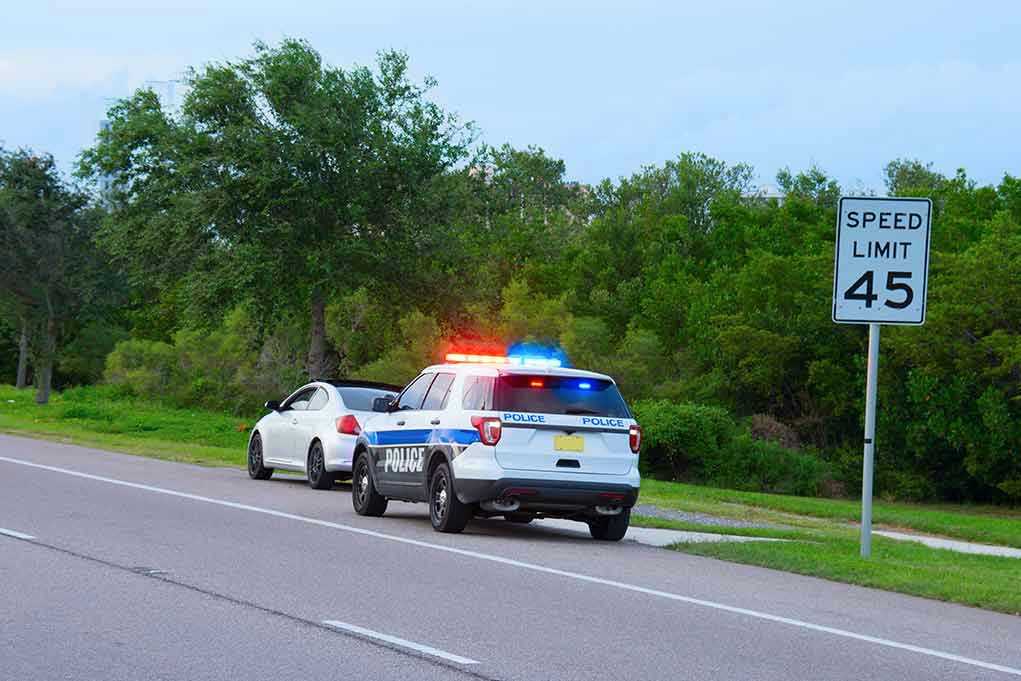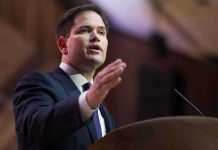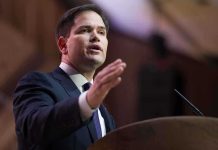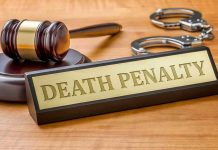
Federal pressure is driving states to abandon the “85th percentile rule” for speed limits, raising alarms over increased regulation and potential government overreach on America’s roads.
Story Snapshot
- Federal agencies are pushing states to replace the long-standing “85th percentile rule” with new, more restrictive guidelines.
- States like New York and California are piloting lower speed limits and expanded speed camera enforcement in urban areas.
- Critics warn these changes may undermine local control, disrupt driver compliance, and lead to more government intrusion.
- Trucking and driver groups express concern about new federal mandates and the economic impact of stricter limits.
Federal Push Threatens State Authority Over Speed Limits
The Federal Highway Administration (FHWA) and other agencies have issued new guidance in 2025 pressuring states to reconsider the traditional “85th percentile rule”—a method that lets the typical, law-abiding driver help set appropriate speed limits. For decades, this system reflected American principles of local control and common sense: most drivers naturally select safe speeds, and limits set too low encourage mass noncompliance. Now, Washington is urging states to impose stricter limits based on factors like “community needs” and “equity,” signaling a possible shift toward top-down regulation that could erode the autonomy of states and drivers who know their roads best.
States such as New York and California are piloting new frameworks to set lower limits, especially in school zones and city streets. These changes often come with expanded use of automated speed enforcement—speed cameras that ticket drivers without traditional police stops. Safety advocates and some urban planners argue these measures will reduce accidents and protect pedestrians. But many drivers, especially in suburban and rural areas, view the changes as excessive, fearing that lower speed limits and automated ticketing amount to a hidden tax and an infringement on personal responsibility. Resistance is growing as drivers adjust to more aggressive enforcement and new rules that may not reflect real-world traffic conditions or local preferences.
Impact on Drivers, Truckers, and Local Communities
The federal push for lower speed limits and stricter enforcement has broad implications for everyday Americans. Trucking companies face new compliance hurdles, such as proposed federal mandates for speed limiters on heavy vehicles, which could slow deliveries and increase costs across the supply chain. Law enforcement agencies must adapt to changing rules and public frustration. For residents in urban areas, the promise of safer streets is weighed against concerns about surveillance, fines, and bureaucratic overreach. In rural America, where higher speeds are often necessary due to longer distances and open roads, the new approach feels disconnected from local realities and threatens to undermine the trust between citizens and government.
Economic impacts also loom large: stricter limits may reduce crash costs, but the costs of enforcement, compliance, and potential insurance changes could affect family budgets and small businesses. Politically, the changes have sparked debate over the proper balance of state versus federal power, reviving concerns about Washington imposing “one-size-fits-all” mandates that disregard the unique needs of communities across the nation.
Expert Analysis and Ongoing Debate
Transportation safety experts generally support context-sensitive speed limits that consider land use, crash history, and vulnerable road users. However, some engineers caution that lowering limits too far below what most drivers consider reasonable could backfire, leading to widespread noncompliance and strained police resources. Professional organizations now advocate for more holistic methods, but the transition is uneven—some states remain committed to the 85th percentile approach, citing its proven track record in maintaining order and respecting drivers’ judgment. Ongoing pilot programs and legislative reviews will determine whether the new federal guidance becomes the national norm or fuels further resistance among states determined to protect their autonomy and values.
Outdated rule that lets drivers set speed limits on US roads could be changing amid spike in highway deaths https://t.co/sFax5iNmzN pic.twitter.com/vAdkmAt9Sb
— New York Post (@nypost) August 17, 2025
As these reforms roll out, the debate will likely intensify. Americans who value limited government, local control, and common sense on the road see the dismantling of the 85th percentile rule as another example of unnecessary regulation, raising questions about the future of personal freedom and state rights in transportation policy.
Sources:
Traffic Safety Store: Max Speed Limit in Every State
Wikipedia: Speed Limits in the United States by Jurisdiction
Jonathan Katz Law: Regulatory Compliance Updates for 2025
FHWA: Speed Limit Setting Handbook (2025)

















